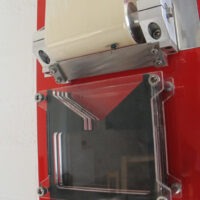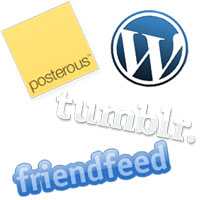
Not only are these the coolest places to be online nowadays, they’re the quickest and most versatile ways to put up your thoughts, consolidate your social activity and post just about any kind of media you want people to know about. So, get your amazing food mold photos and thoughts on abolishing insect repellent together, you’re about to go post.
Why the four?
There’s a lot of ways to put crapalicious meaningful content online. However, there’s only a few really good ways to enjoy doing it while having it all make sense. Whether you’re just wondering about posting content online or consolidating how you already do it, these are bound to interest you.
I’d also like to add, there’s a direction content distribution on the web seems to be drifting mindlessly toward. There are types of real-time aspects creeping in, but this is just one feature of what browsers and web apps will apply toward the continuous streams of online content generated each day. These are four that are showing the types of features being added to applications development and content distribution. They’re not perfect, but they’re ones to get familiar with.
These four below would currently be considered blog or micro-blogging sites or platforms, but in actuality, they’re more like thought-streaming or content-streaming apps. They allow you to put content online in different ways, and likewise share it in different ways. Here’s the crew of them. While they’re separate apps, you’ll notice when you get into them, that they have features which allow them to work together.
FriendFeed
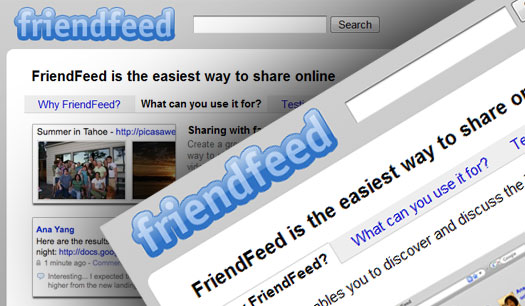
FriendFeed is real-time content being delivered as fast as you can create it. You can see the content streaming in real-time on the public discussion page. This seems a bit noisy , I agree, but the value is on the people you connect with and the other features like consolidating all your social site activity, posting via email, document attachment, groups, threaded comments, and great bookmarklet, widgets and other tools.
Posterous
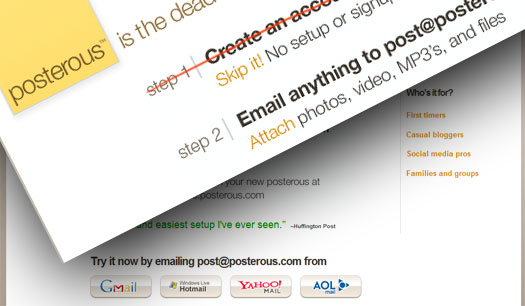
Posterous is making it extremely easy to post content online as well as consolidate your activity. The great features Posterous has are being able to auto-post to your other social sites, like Twitter, Facebook, etc., post via email and have as many Posterous sites as you like on one account. You can also subscribe to other Posterous users.
Tumblr
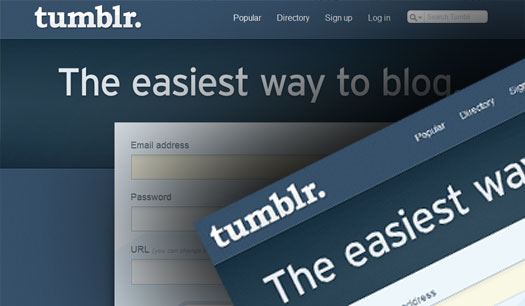
Tumblr is a lot like Posterous with not as much a focus on distributing your content to other sites. They have an incredibly easy interface to use, a lot of tools, widgets and a third-party developer site which allows you to extend the ways you use Tumblr. You can also follow people and create as many blogs as you like on one account.
Wordpress.com
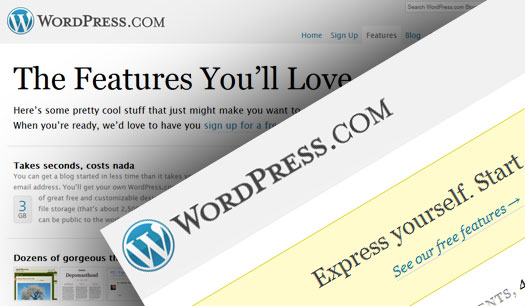
Wordpress is one more will be familiar with. It’s a full blog platform that allows you to quickly customize the site and post content. The integration doesn’t work quite the same, but since it uses RSS you can link it to other sites. Wordpress has an extremely strong community, lots of development and many ways to customize.
Which is best?
These are all the range of web apps currently out that are pushing web technology in the area of content distribution. They don’t create or organize the media for you, they’re simply an outlet for all the stuff you want to get off your head. The best for this is a tough call between the two, FriendFeed and Posterous. Freindfeed allows quick posting via web and email and allows file attachment. Posterous takes away the boundaries typically associated with blogging while keeping the whole process familiar. It’s dead easy and would be the preferred way to learn how all this social media works together. For this reason, I’d pick Posterous with a strong suggestion to also check out Friendfeed, in order to discover how a stream of information is displayed and used online.
How these Apps Will Advance CAD/PLM
Currently, CAD and PLM is a static, somewhat disconnected way of designing and tracking information. It mirrors, to an extent, what typical blogs are today. Content is created, published (released) and consumed (built). The comments come in and splashes of collaboration happen here and there. In an environment similar to what Freindfeed and Posterous are CAD and PLM apps would be feed information from devices and applications able to connect and feed information to the model and designer/engineer/manufacturing. The programs could then immediately feed production systems real-time model data and information based on conditional notifications.
That’s all great for copying what web technology is doing, but CAD/PLM apps can advance beyond this by very simply integrating adaptive processes and more semantic features/search. We all want a better way to find the junk out there about what programs we use, the models we create in them and the discussions going on around them. Not only within the applications themselves, but also within web technologies where collaboration and issue resolutions are happening. I mention this, because there’s people out there thinking about this – people thinking about how we create/use 3D data, how we can automatically generate 3D geometry based on purpose and environment while manufacturing is automatically aware of what is coming and adapts accordingly. Most likely we’ll see a more relevant future web, and I’d like to think we’ll see more relevant future CAD/PLM systems.
Allright, dang, that was deep and all serious and way to long. This wasn’t meant to be an article, but you got me going, so enjoy the added commentary and thought about where we’re all going with CAD/PLM and this crazy web world we’re living in.

